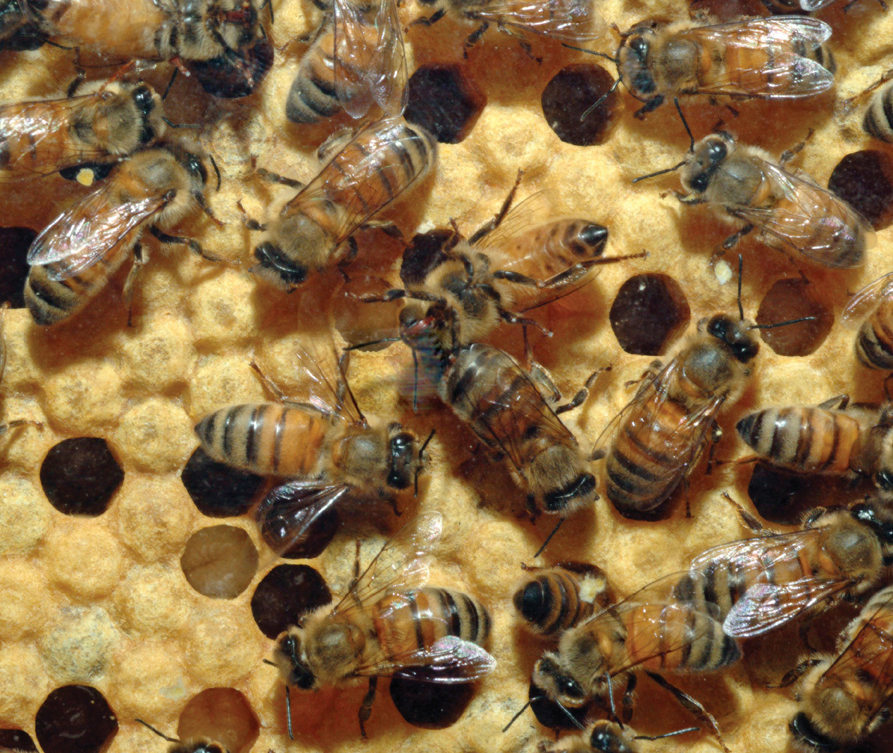CHAPTER 45 INTRODUCTION
CORE CONCEPTS
45.1 For any behavior, we can ask what causes it, how it develops, what adaptive function it serves, and how it evolved.
45.2 Animal behavior is shaped in part by genes acting through the nervous and endocrine systems.
45.3 Learning is a change of behavior as a result of experience.
45.4 Orientation, navigation, and biological clocks all require information processing.
45.5 Communication involves an interaction between a sender and a receiver.
45.6 Social behavior is shaped by natural selection.
45.7 Some behaviors are influenced by sexual selection.

There is no Nobel Prize for biology. It is the Prize for Physiology or Medicine that is awarded for biological research. Biologists specializing in other areas, such as behavior and ecology, are not even in the running for science’s ultimate prize—except, that is, in 1973, when the Nobel Committee bent its own rules and awarded the Prize for Physiology or Medicine to three scientists with no physiological or medical credentials. The three were Niko Tinbergen, Konrad Lorenz, and Karl von Frisch. The award was made in recognition of their roles in pioneering the study of animal behavior under natural conditions.
Why “under natural conditions”? In the early 1900s, Carl von Hess, a prominent visual physiologist, claimed that bees are color blind, a conclusion based on experiments in laboratory settings. However, by training bees to go to food sources associated with differently colored cards in a natural context, the Austrian behavioral biologist Karl von Frisch demonstrated that, in fact, bees have excellent color vision. He emphasized this point at a scientific meeting where he was showing bees that had been trained to associate blue cards with food. By chance, the audience was wearing blue name tags, which proved highly popular with the blue-fixated bees! Von Frisch showed that behavior cannot be studied in isolation, but can only be fully understood when studied in a natural context—in this case, that of foraging for food.
In this chapter, we explore animal behavior—how animals learn, communicate with one another, form social groups, and choose mates. In each case, animal behavior can be considered at the individual level; individual behavior is determined in part by a complex interplay of the nervous and endocrine systems. Behavior is also influenced by the environment, as we saw with von Frisch’s bees. Finally, behaviors, like all traits, are shaped by natural selection.